Is Your Amp A Tonal Instrument? It Should Be!
Is it? Do you consider it one? You should. Because your amp – a good amp – is at least 50% of your tone (not including your fingers) and it’s what you and other people actually hear. If it wasn’t that important, you would just get the cleanest amp/speaker combo you could find to faithfully reproduce the sound of your fingers on your guitar(s).
But no one does that because that’s not what guitar tone is about – probably not even those deedlee-dee-bee-bop jazz cats.
I got the amp-as-instrument idea from a convo with Jimmy Somma of Sommatone Amplification. Jimmy’s also a well-known and -respected guitar/amp tech here in the NY/NJ area, as well as a gigging musician. Obviously he’s passionate about amps (his amps are stellar, btw), and since he hipped me to that idea, I thought he’d be a good guy to talk to to get some insight into it.
WoodyTone: Why is the amp an instrument too?
Jimmy: Well, it’s an instrument itself, and it’s more a part of your tone than the guitar is. I always tell customers that you can put a great guitar through a crappy amp and it won’t sound great. But you can put a crappy guitar through an amazing amp and still get good sound out of it. That right there tells me that the amp is a bigger part of the equation.
What kind of reactions do you get when you tell people an amp is an instrument?
Most of the time it’s kind of like an epiphany, like, ‘Yeah that makes sense.’ The perfect example is we have a Danelectro here at the shop. It’s a $250 guitar with the stock crappy lipstick pickups in it. When you play slide guitar on it through one of our amps, it sounds phenomenal. That’s the proof right there.
How many people have come in and already believed that – that the amp is an instrument and is responsible for most of the tone?
Players are definitely more educated today because of all the information available. But it’s still a challenge to get people to realize that an amp is an instrument.
I was talking to [Sommatone endorsee] Earl Slick the other day and he said, ‘You’re one of the only amp guys I know who really gets it.’ That’s a huge compliment. Here’s a guy who’s 15 years older than me, who’s worked with all kinds of people and played a lot of amps. What’s he’s talking about is that you have to play the amp.
He said people grow up with the mentality today that the amp is a clean platform and you use a pedal for your dirty sound. But it should be the amp is the dirty tone and you control it with your volume knob. You have to learn to control the amp, and work to control it. It makes sense. You have to put in your time to learn this stuff to be able to use [the amp] as an instrument.
When you’re designing an amp or playing an amp that’s not yours, what are you doing to it to make it your instrument?
It’s like a Strat and a Les Paul – you’re going to approach the instruments differently because they are different. The tones are different, you have different inspirations – different things are happening because they’re…different [laughs].
The same thing happens with amps. If you’re playing a Fender blackface, you play different things than when you play a Marshall plexi. So it’s combination of things, and what you’re hearing influences what you’re going to play. Sound is an art when it comes to guitar tone.
About design, the way I approach amp-building is I don’t have a set [tonal] goal specifically in mind. I really do approach it like an art. As I’m building it, I let the amp sort of guide me. I know this might sound silly, but it guides me in the way it wants to go – so I’m not trying to fight it. I’m not trying to come up with something specific in mind initially to force the amp be something it’s not.
So if I feel the amp is going to certain realm tonally, I say, Okay, I’ll enhance that. The perfect example is the Overdrive 35. I knew I wanted to do a 6L6 amp, but didn’t have a specific idea of how I wanted the amp to sound. So I’d be [designing it and feel] like, Wow, I like this direction. I like this speaker with it so I’ll stick with that, I like this specific 6L6, and it sort of all comes together like a recipe. The final result is sort of a compilation of things that make the amp sound its best.
So the amp is art, and is an instrument.
People will think nothing of owning multiple $1,000 guitars, but not amps. Is that because amps aren’t as sexy somehow?
I think it’s because you don’t hold it in your hands. It’s good to own a Les Paul, a Strat and a Tele because they all have different sounds. But different amps will give you different flavors and colors like owning different guitars.
The guys who are pros will have different amps because they like to have different sounds at their disposal, for the studio or gigs, and they know they won’t get it all from one amp.
I think the average person has several guitars and one main amp, and on some level it should be the other way around. You should have same amount of amps as guitars. So if you have a Strat, Tele and a Les Paul, you should probably have three different amplifiers too.
Notable
> My amp epiphany was the 2009 NY/NJ Amp Show. I had no idea I could sound so good, that I could get places tonally that the big amp companies couldn’t take me. That’s why I started the blog AmpGAS.com. If you haven’t ever done this or not done it in a while, do it: Take a trip to a guitar store that has several different brands of “boutique” amps. Leave your credit cards at home if you must, but you will be floored at how great you can sound. I ga-run-tee!
Comments (3)
Trackback URL | Comments RSS Feed
Sites That Link to this Post
- WoodyTone! - It’s the Amp! You Too Can Sound Like Angus | July 12, 2010

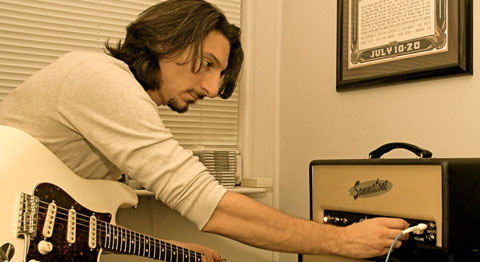




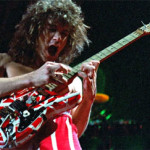
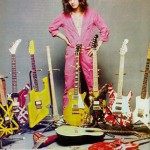
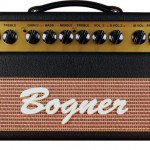
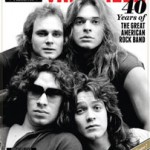
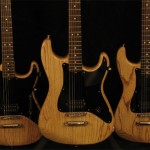
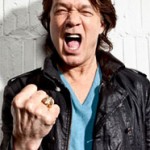
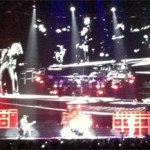
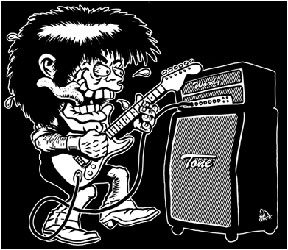

Sooooo True !!!
I care only about the amp. Good sound comes first from the amp.
Couldn’t agree with this more. I know that this has a beard – but, it has to be said, and its not said enough. The amp is most significant influence on tone by a mile. Also – there are not enough discussions and blogs from experts on the subject of – how to dial in different types of amplifier. Not the features and buttons it has – how to hone into to the different sounds possible from the amp – just in the same way that Jimmy talks about the way he designs an amp. If people thought about the amp as an instrument they would treat it differently and get more enjoyment out of it. But I think we need to talk more about how to use the thing rather than talk incessantly about its features – as though everybody really actually knows the audible difference the choice of baffle material will make.